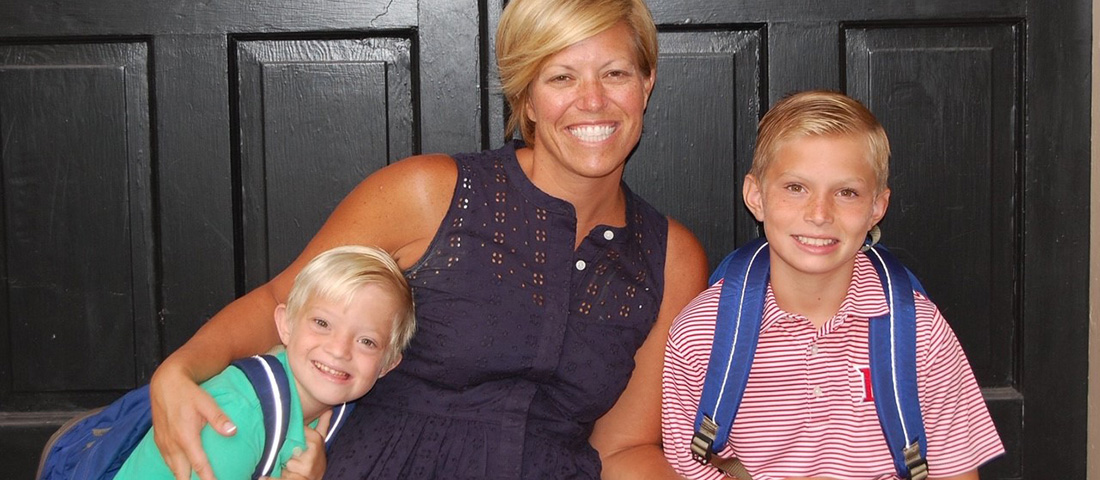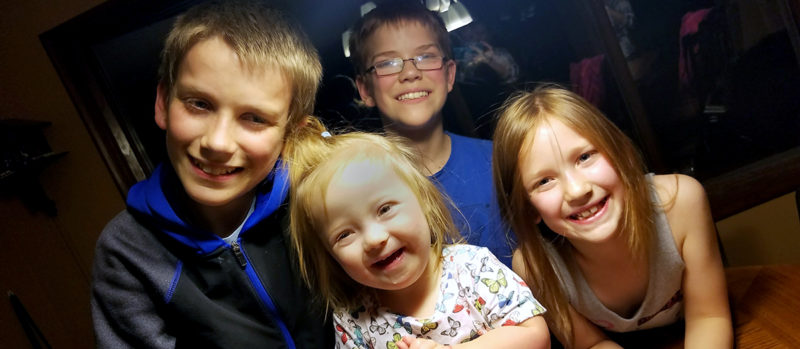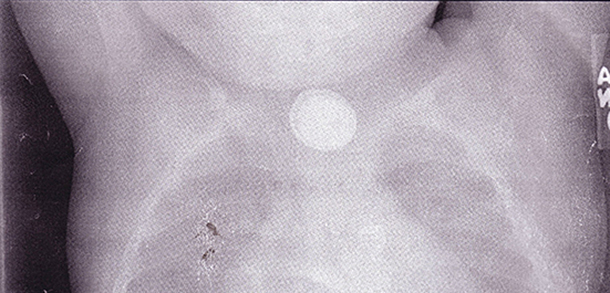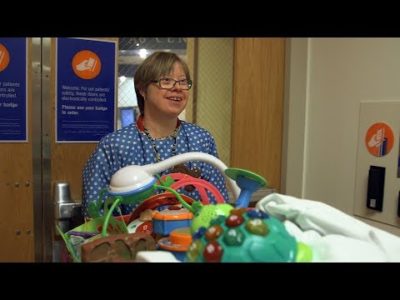My daughter Emma is a bright, funny and loving three-year-old girl. She’s also observant, quiet, and slightly reserved. And she has Trisomy 21 (Down syndrome), complete tracheal rings and laryngeal cleft.
She’s taught me many lessons in her short life, starting when she was about 2-3 months old:
Lesson #1: Her Condition Doesn’t Define Her
I was worried about her health and everyone would tell me that what she was experiencing is typical for babies with Down syndrome. She was congested and her breathing sounded really noisy – almost like a train.
Emma started getting sick a lot and spent longer and longer periods of time in the hospital trying to get over it.
So when she was due for a hearing check, I asked our doctor in San Antonio to also check her airway since she would be under anesthesia anyway. During this procedure, the doctor learned that Emma had complete tracheal rings. I was not familiar with this condition at the time, but later learned that most people’s tracheas are shaped like a “C”, and Emma’s were shaped like an “O,” which meant that her tracheal rings were not growing with her and her narrowed airway made it difficult to breathe.
Just because she has Down syndrome doesn’t mean that she can’t have something else going on. Categorizing people by their special needs or conditions is limiting and doesn’t allow for the bigger picture to be seen.
Lesson #2: To Trust My Instincts
After learning how potentially fatal this condition was, I began writing letters to find a doctor that could help Emma. I was standing in a department store doing my Christmas shopping when Dr. Rutter called and asked how quickly I could make it to Cincinnati. It felt like Christmas already happened – all I wanted was for someone to look at her and say “Yes, I can help her.”
Dr. Rutter performed a slide tracheoplasty to widen her trachea, and she did great for about a year. She was able to breathe, gain weight and began walking.
He said that without that procedure to alter her complete tracheal rings, Emma wouldn’t have survived. I’m so grateful I trusted my instincts.
Lesson #3: It’s OK to Speak Up and Ask Questions
Even though I was told that her noisy breathing is typical for babies with Down syndrome, I still asked her doctor to check her airway. I thought, what’s the harm in double checking?
Asking questions, if nothing else, will give me peace of mind.
Lesson #4: To Never Give Up
She taught me to always have faith in her, no matter how much the odds are against us. At one point when Emma was in the hospital in San Antonio, her oxygen saturation dropped down to single digits. The doctors did everything they could for her and at one point were all standing around her and praying together.
Emma eventually pulled through and I promised that I would never give up on her, no matter the odds.
Lesson #5: To Believe in People Again
This last year we spent more days in the hospital than out. We had a lot of bad days. People I didn’t even know were praying for her. Random strangers came to see us and brought gifts. People sent us food. At her last hospital stay in San Antonio, her room was completely filled with toys and balloons.
She was so sick and yet it was a happy room filled with hope. It renewed my faith in people.
Lesson #6: To Celebrate the Small Victories
Having a child with complex medical conditions means that we’re in this for the long haul. We hope to eventually have more ups and downs but until then we’re stopping and appreciating where we are in the moment.
While Emma’s trachea looks great right now, she’s still a work in progress. Because she was so sick for so long, she has other problems going on, like lung disease.
We’re hoping that her lungs will get better with time, but until then, we’ll take each day as it comes and celebrate the small victories.
We are available to help answer your questions. To make an appointment or speak with a staff member, please contact our Division of Otolaryngology.





[…] sweet little Clementine’s story (which I’ve read at least a dozen times) and a recent video on our hospital’s website, there are no other personal stories out there. My hope is to document our journey so there is […]